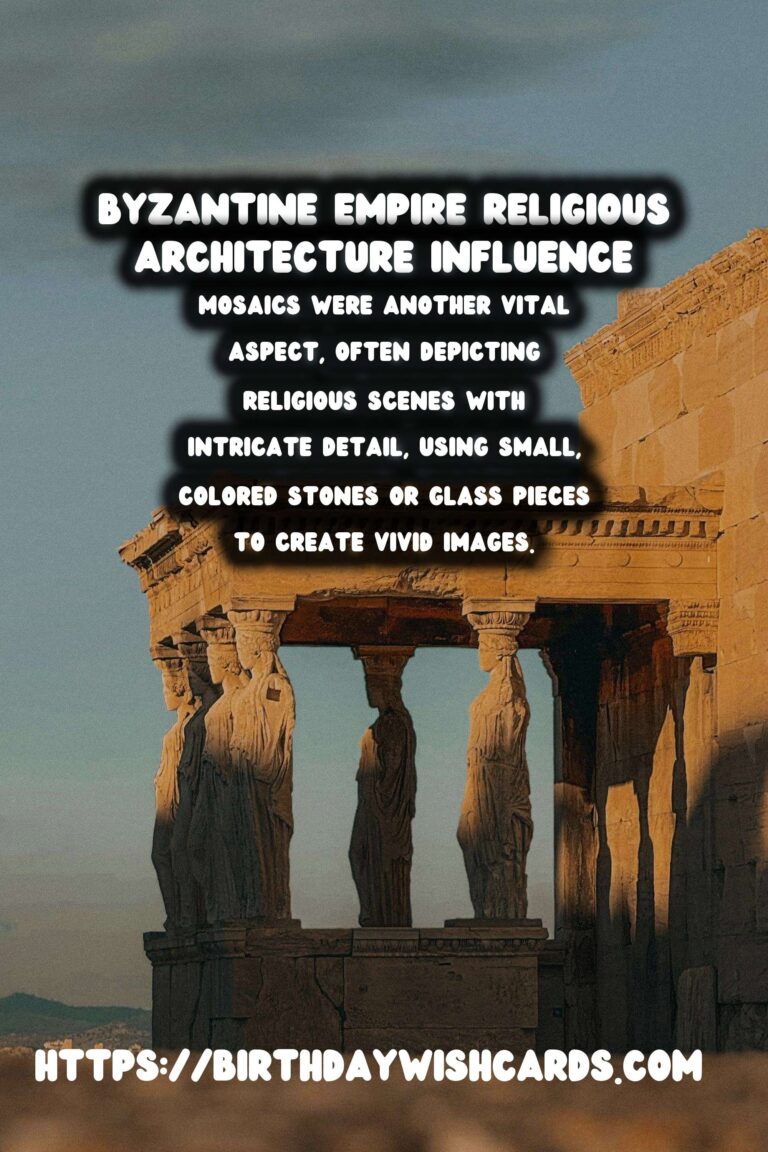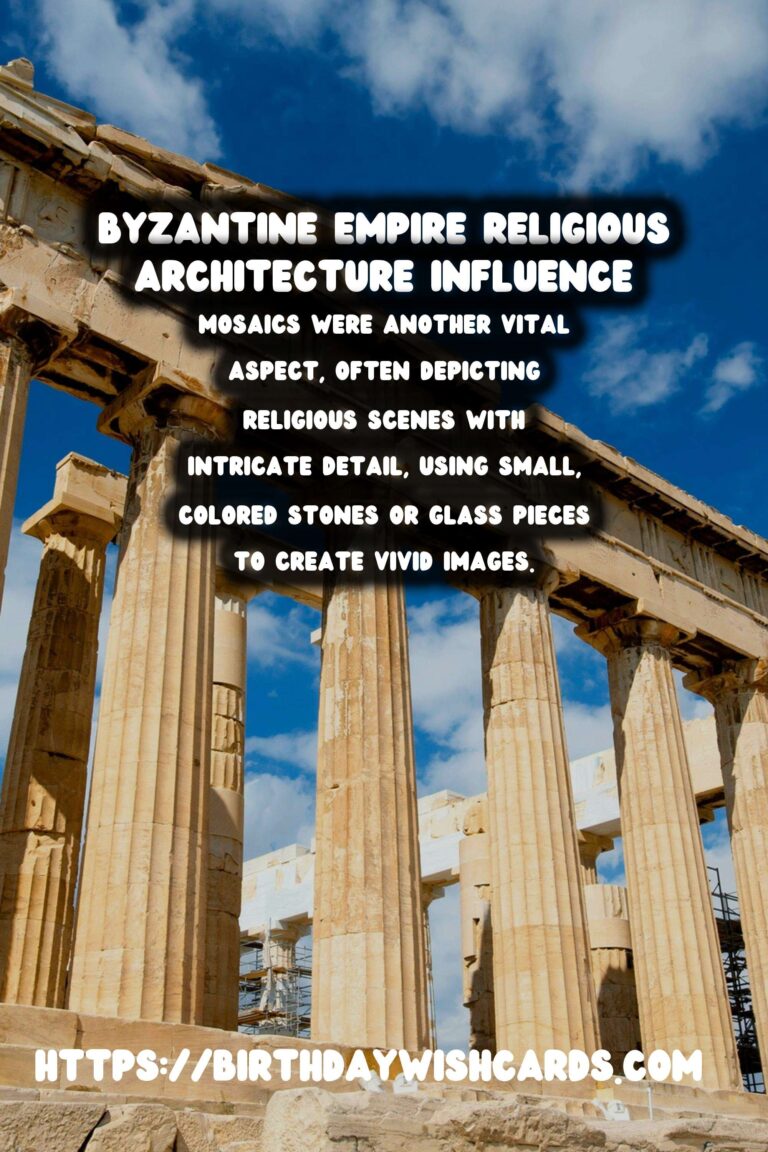
The Byzantine Empire, established in the fourth century, has left an indelible mark on the religious architecture of Eastern Europe and beyond. Through a blend of innovation in design and a deep commitment to religious expression, Byzantine architecture remains significant in the history of ecclesiastical buildings.
Origins of Byzantine Architectural Style
The Byzantine Empire, which arose after the division of the Roman Empire, significantly impacted the cultural and architectural landscape of its time. The distinctive style that developed during this period, known as Byzantine architecture, is characterized by its massive domes, extensive use of mosaics, and a blend of Greek and Roman architectural elements.
The Hagia Sophia, constructed in the sixth century, stands as a quintessential example of Byzantine architecture. Commissioned by Emperor Justinian I, this monumental basilica in Constantinople (modern-day Istanbul) was renowned for its massive dome, which appeared to float above the central nave like a celestial canopy.
Key Features of Byzantine Architecture
The defining features of Byzantine architecture include a central dome that towers above the structure, supported by pendentives or arches. Innovative construction techniques allowed these vast domes to appear weightless while providing ample support.
Mosaics were another vital aspect, often depicting religious scenes with intricate detail, using small, colored stones or glass pieces to create vivid images that cover ceilings, walls, and domes.
Additionally, Byzantine churches often employed a cross-in-square plan, a unique form that influenced the architectural designs of later Orthodox churches.
Religious Significance and Symbolism
The artistic and architectural efforts of the Byzantine Empire were primarily driven by religious motivations. Churches were central to the Empire’s expression of Christianity, serving as places of worship and symbols of divine power.
The vast interiors of Byzantine churches were designed to evoke a sense of the celestial realm, making the believer feel as though they were stepping into a heavenly space. The use of light, colors, and reflections in mosaics and stained glass contributed to creating an ethereal atmosphere, enhancing spiritual experience.
Influence Beyond the Empire
The fall of Constantinople in 1453 did not end the influence of Byzantine architecture. Instead, it continued to shape religious buildings across Eastern Europe, Russia, and even parts of the Islamic world. The Russian Orthodox Church, in particular, adopted and adapted Byzantine styles, merging them with local traditions to develop a distinct Russian ecclesiastical architecture.
In Italy, the Byzantine influence is evident in the Basilica di San Vitale in Ravenna, where splendid mosaics echo those of the Hagia Sophia. The blend of East and West, characteristic of Byzantine architecture, is visible in Venetian architecture, showcasing the enduring legacy of Byzantium.
Byzantine Architecture in Modern Context
Today, Byzantine architecture continues to inspire architects and artists worldwide. Elements of this ancient style are incorporated into modern religious structures, demonstrating its timeless appeal and spiritual significance.
Architects and scholars frequently study Byzantine architectural techniques and aesthetics, understanding its contribution to the development of Western architectural traditions and its role as a bridge between ancient and modern styles.
In conclusion, the Byzantine Empire has had a profound and lasting influence on religious architecture. By fostering designs that transcend mere utility to become symbols of divine beauty, it has left a legacy that continues to inspire awe and religious devotion.
The Byzantine Empire, established in the fourth century, has left an indelible mark on the religious architecture of Eastern Europe and beyond. Mosaics were another vital aspect, often depicting religious scenes with intricate detail, using small, colored stones or glass pieces to create vivid images.
#ByzantineArchitecture #ReligiousArt

